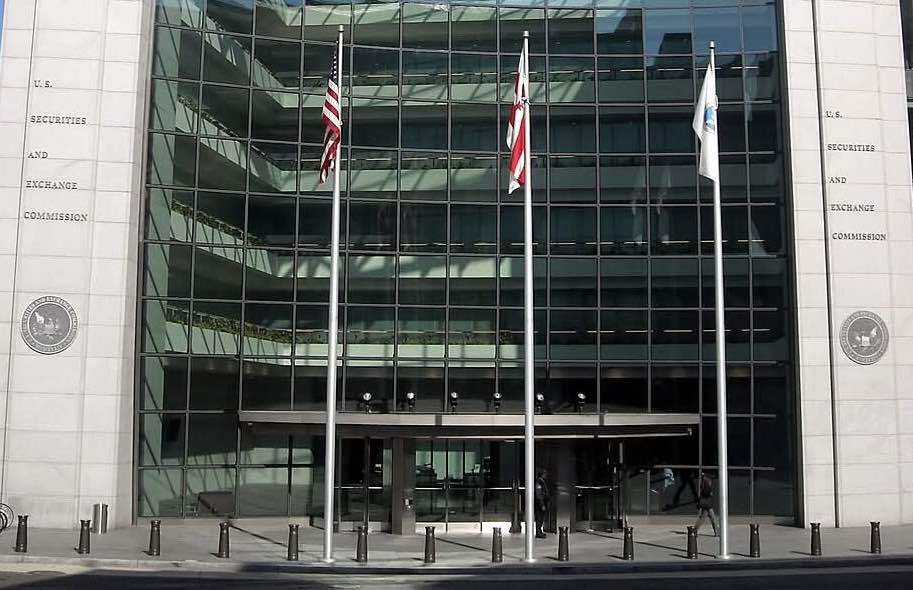The rise of cryptocurrencies has introduced a new frontier for money laundering, challenging traditional methods of concealing the illicit origins of funds.
At the core of this challenge lies blockchain technology, which, with its transparent ledger, exposes every transaction to public scrutiny. Despite this transparency, criminals continue to devise creative strategies to obfuscate the trail of their funds, seeking to convert their illegally acquired cryptocurrencies into fiat currency without detection.
Criminal Tactics
The latest "2024 Crypto Crime Money Laundering Report" from Chainalysis sheds light on a notable evolution in the tactics employed by these individuals, reflecting broader shifts in the landscape of digital financial crime.
This analysis not only highlights the adaptability of criminals to technological advancements but also signifies the ongoing battle between these illicit actors and regulatory efforts aimed at curbing money laundering in the digital age.
There has been a significant decrease in cryptocurrency transactions linked to illicit activities in 2023. Illicit addresses transferred $22.2 billion of cryptocurrency to various services, marking a notable reduction from $31.5 billion in 2022. This decline exceeds the overall decrease in transactional volume, with money laundering activities dropping by 29.5% against a 14.9% fall in total transaction volume. Such a discrepancy suggests that factors beyond mere transactional slowdowns are influencing the reduction in cryptocurrency laundering.
According to Coin Telegraph, the decrease in cryptocurrency laundering can be attributed to various factors, including the aggressive crackdown by U.S. authorities on crypto mixers. These services, known for blending illicit funds to obscure their origins, have faced heightened prosecution, significantly limiting their operations within the laundering ecosystem.
Rising Concerns and Regulatory Responses
Despite these positive developments, emerging trends pose new challenges. Criminal organizations, such as the Lazarus Group, are adapting their strategies, shifting from traditional mixers to cross-chain bridges.
These bridges, facilitated by smart contracts, theoretically have the capacity to block funds from sanctioned organizations. Regulatory authorities, including the Office of Foreign Assets Control (OFAC), have curated lists of sanctioned wallet addresses, enabling crypto companies to prevent these wallets from engaging in transactions through their platforms.
According to Crypto Slate, failure to adopt such preventive measures poses risks, particularly for bridges frequently utilized by entities like the Lazarus Group.
To mitigate these risks, there may be a need for bridges to implement stricter regulatory measures. This proactive approach aims to prevent outcomes similar to those witnessed with platforms such as Sinbad or Tornado Cash. As the landscape of cryptocurrency laundering continues to evolve, regulatory frameworks and technological solutions must adapt to effectively combat illicit activities in the digital realm.
Photo: Viacheslav Bublyk / Unsplash


























Comment 0